
彼得·埃森曼(Peter Eisenman),当代建筑界最为活跃的理论家和建筑师之一,1932年出生于美国新泽西。1960年代于剑桥大学攻读博士学位时,遇到了对他理论影响颇深的导师柯林·罗;1967年埃森曼在纽约创办了建筑与城市研究所(IAUS),集结了包括库哈斯、迈耶、盖里、弗兰普顿在内的当时世界上最具前瞻性思维的一批建筑师与理论家。
埃森曼的建筑理论并非基于数学或者工程学,而是更多地植根于语言学与哲学、基于对“媒介”的批判性思考。在“卡纸板住宅”系列建筑、柏林IBA社会住宅、辛辛那提阿诺夫艺术与设计中心、哥伦布会议中心等代表建筑之外,其2005年于柏林建成开放的欧洲被害犹太人纪念碑(Berlin Memorial to the Murdered Jews of Europe),也是一项令公众印象深刻的作品。
设计从一个刚性的网格结构开始,由2711根高度从0米到4米不等的混凝土柱子组成,柱子之间间隔95厘米,只允许单个人通过。地面与柱子顶面所形成的面都是起伏的,柱子位于这两个起伏的网格之间。两个系统相互作用,描述了它们之间的不稳定区域。这些不稳定性或不规则性叠加,产生了感知和概念上的分歧。它表示时间上的差异。纪念碑记录下了这种不同,使场所成为一个失落和沉思的,充满记忆元素的地方。[1]
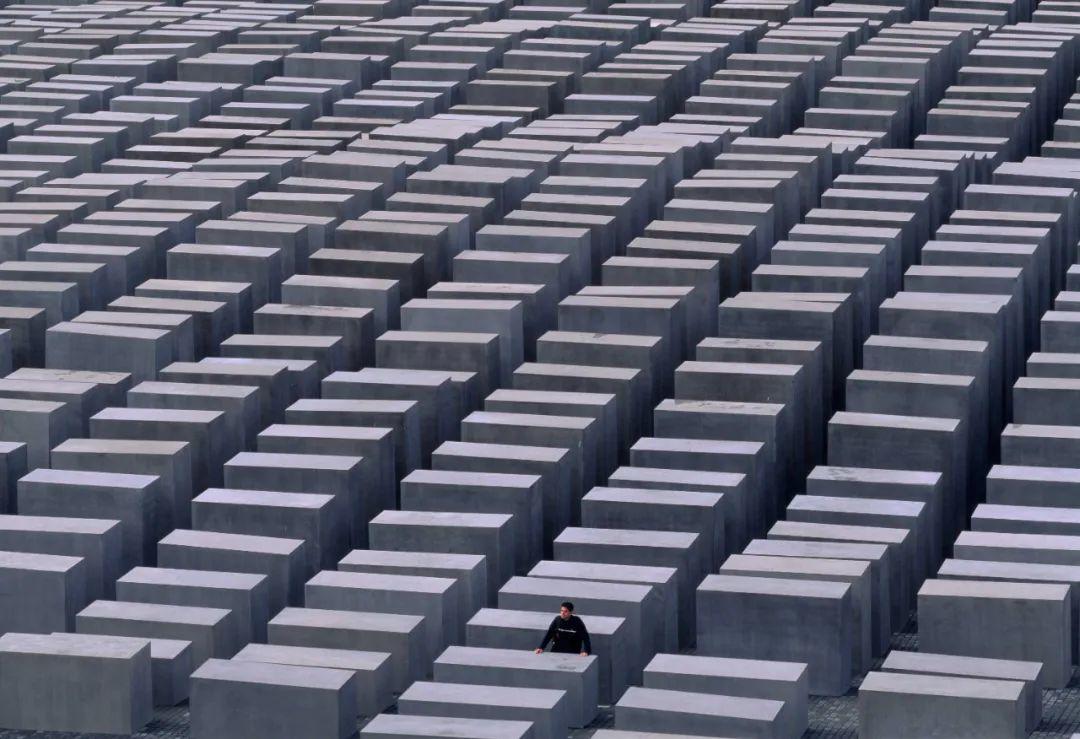
“在这个纪念碑里,没有目标,也没有终点。个人在其中的经历,无法带来更深的理解,因为理解大屠杀是不可能的……在这个语境下,没有怀旧,没有对过去的记忆,只有此刻对个人经历的记忆。”[1] 围绕这组无法被言说的纪念碑群,2020年1月,Marc-Christoph Wagner于纽约完成了埃森曼专访—— 一次关于建筑与集体记忆的讨论。
下文为专访听译。视频及原文版权归路易斯安那现代艺术博物馆所有,点击文末“阅读原文”,可查看专访视频。

–
Peter Eisenman Interview: Field of Otherness
采访 | Marc-Christoph Wagner
听译 | 黄恺
埃森曼 首先,我个人没有亲身经历过大屠杀,所以刚开始我不太确定自己是否真的想做这个项目。这个项目太过宏大——不管是体量上还是精神上,而且还坐落在柏林的中心。同时,我们的想法也与当地政治党派和犹太群体有一定的冲突。他们想要带有犹太文化象征性的符号,例如星星和文字符号。但我说:“不,这些我都不想要。我想要构建一个‘他者之境’。在这里,人们可以体会到犹太人当时在德国的那种陌生的感觉:一种在时间和空间上身处异域作为他者的体验。”这就是我们这个设计想法的起源,它和大屠杀没有任何符号化的象征性联系。
Well, first of all, I had no experience of the Holocaust personally and I didn’t know if I really wanted to do this project when I started. Emmm… because the project was so immense that the idea of the project in the middle of Berlin… I mean and the struggle we had with political parties and Jewish community didn’t want a memorial and I didn’t want… they wanted stuff with Jewish symbolism, stars and lettering. And I said “No, I don’t want any of that. I want a field of otherness, where people understand that to have been a Jew in Germany was other and what was it like to be other in space and time.” And that’s how we came up with the field. It had nothing to do, really, with the Holocaust symbolically.

我曾和一位与母亲去过奥斯维辛集中营的女士交谈过。她于1940年代,准确来说是1944年年末,到达了布达佩斯。门格勒(Josef Mengele,“死亡天使”约瑟夫·门格勒,奥斯维辛集中营的医师)当时也在那里。他将她的母亲推到一边。她对门格勒说:“不,我想和我母亲待在一起。”门格勒把她踢开,答道:“你马上会和你母亲在一起了。”
But it had to do with the fact that… I had spoken to a young woman who went with her mother to Auschwitz. She arrived at Auschwitz from Budapest in 40s, late 44. And Mengele was there. And he took her mother over and pushed her mother over there. And she said “No, I want to be with my mother.” And Mengele kicked her and said “You’ll be with your mother soon enough.”
那位女士后来对我说,“在那一刻我迷失了方向,感到孤独。我不知道如何行动或自己应该做些什么。”我希望这个纪念碑能还原出那种感觉,建构出一块能让你在时间和空间上感到迷失的领域。在这个领域里,声音不断地在发生变化,空间也是,整个纪念碑的高度起伏不定……我们创造出来的是一个非常奇怪的东西。
And she said “at that moment I felt lost, alone and lost in space. I didn’t know how to move or what to do.” And I wanted that feeling of being lost in space to inhabit the memorial. And that’s what we did. We made this field and you can feel dislocated from being and it’s…you know the sound is different, the space is different, and the fact that it undulates. You know, it’s a very strange thing.
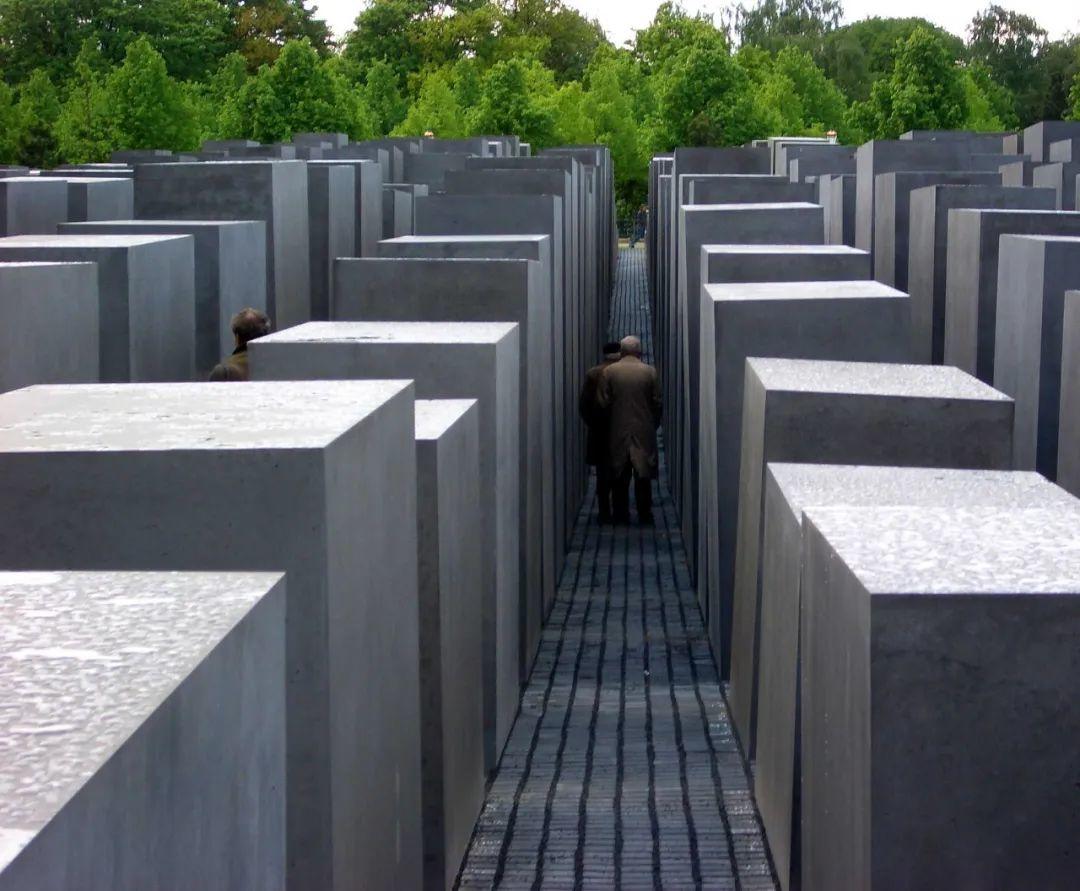
而且,这个纪念碑的规模一定要大。如果它只是由几个混凝土块组成(撇嘴),那它就什么都不是了。重要的不是混凝土块这个材料或形式本身,而是在这个场地里发生的一系列位移,是在其间的行走,在其中的感受。非常幸运的是,我认为设计最终也确实达到了这个效果。虽然这并不像我的其他作品,更不像我平时接到的委托;但整体上,我认为它对很多人来说都是成立的,尽管未必是完全按照我或者你所设想的效果。
And it needed to be big, because it were just a few pillars, it would be nothing. And it’s not about the pillars. It’s about the field of this movement and the walking in it and feeling it. It goes like this as you walk. And it was a really lucky accident that we turned out the way it did, I think. It’s not like my other work. But it’s not as a commission like my other work either. And so, I think it works. Hmmmm, I think it works for a lot of people, not the way I think of it or maybe the way you think of it.

对于一般人来说,我还希望在上学的孩子也能坐着校车来到这边,比如说七岁的小汉斯。他可以在这里跑来跑去,同朋友们玩抓人游戏,也或许会迷路……这会是一个非常有趣的体验,就像我们小时候绕着天主教教堂跑一样。然后当小汉斯回到家,他那个或许参过军或许追随过某个政权的外公问他:“你今天干啥啦?”小汉斯说道(埃森曼模仿英式口音):“我去大屠杀纪念碑那里玩了,非常开心。”Boom!这也是我想要的效果,一种荒谬——“你在大屠杀纪念碑那里度过了美好的一天?这是在逗我吗?”——冲击着父辈祖辈。
But for the average person, look, what I wanted… I wanted school kids who come in buses, okay. And little Hans goes… he’s seven years old and he runs around, he plays tag, he gets lost he… you know, it’s really fun. It’s like running around the Catholic Church, you know, if you’re seven years old. He goes home and grandfather, who might have been in the army or with the regime or something, says “what do you do today?” Little Hans: “I have a great time at a Holocaust Memorial.” Boom! And that’s what I wanted. That idea to hit grandfather, father at home that “hey I had a great time at all. Are you kidding me?”.
这种感觉的大众化,对我来说是很重要的一点。小孩子并不清楚大屠杀的来去经过,只知道纪念碑作为一个公共空间很好玩、很有趣,没有意识到自己的言语和活动究竟意味着什么;而父辈也不能理解小孩子的本意,经历固化了他们看待纪念碑的方式,反而忽视了公共空间另一些同样重要的作用。
And it was that feeling to get to the popular level that really was important to me. That the kids not realizing what they were saying or doing and the grandfather not realizing what the kid could have meant. It was to me important.
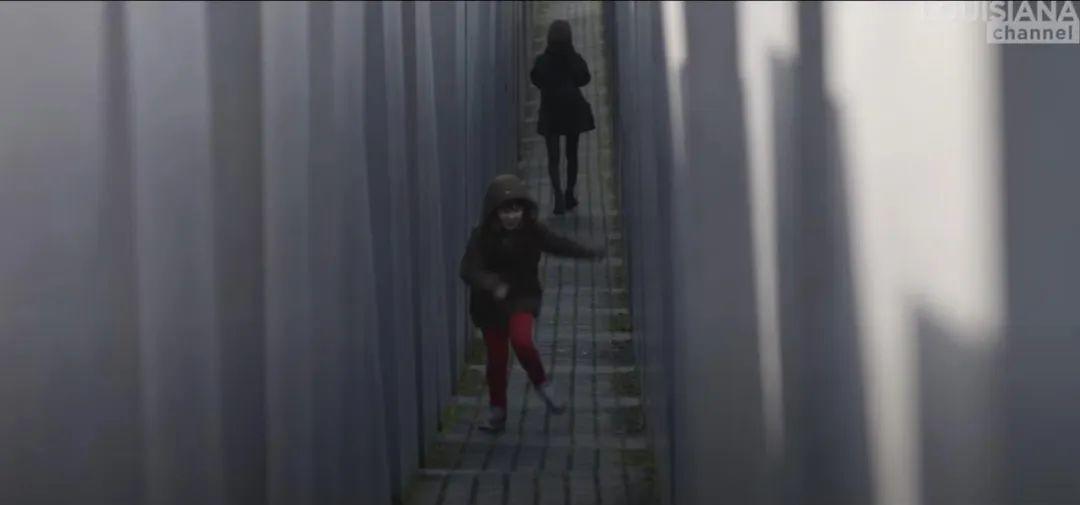
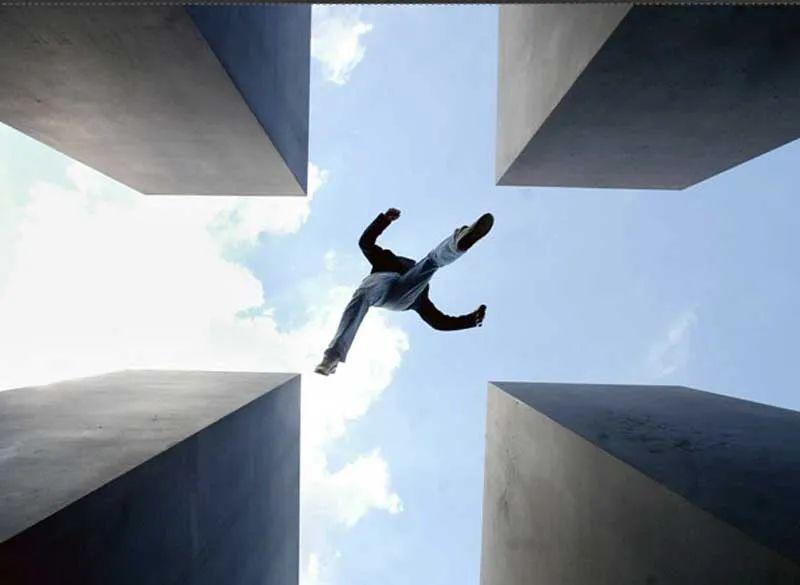
这也是我去到现场时得到的来自于孩子们的反馈:他们很喜欢这个地方。孩子能体会到那种在时间和空间上迷失的感觉,但他们不太清楚到底发生过什么。我希望哪怕是对犹太人、德国人和大屠杀这些历史一无所知的火星人来到地球时,当他们走进这个空间里,他们是能感受到这个空间所承载的那种与众不同的感受和精神的。在这片领域里行走的感觉,是不同于在德国柏林的菩提树大街,不同于在巴黎,也不同于在伦敦的。
And that’s what I hear when I go there and I talk to children, especially, they love it. I had a friend of mine who just recently went with his kids and they, like yours, they… they feel it. But they don’t know what it is. And I don’t think it matters if someone from Mars came down that knew nothing about Jews, Germany, Holocaust… and walked in the field. They would know what was different than walking in Unter den Linden or walking in, you know, in Paris or London. Something was different.
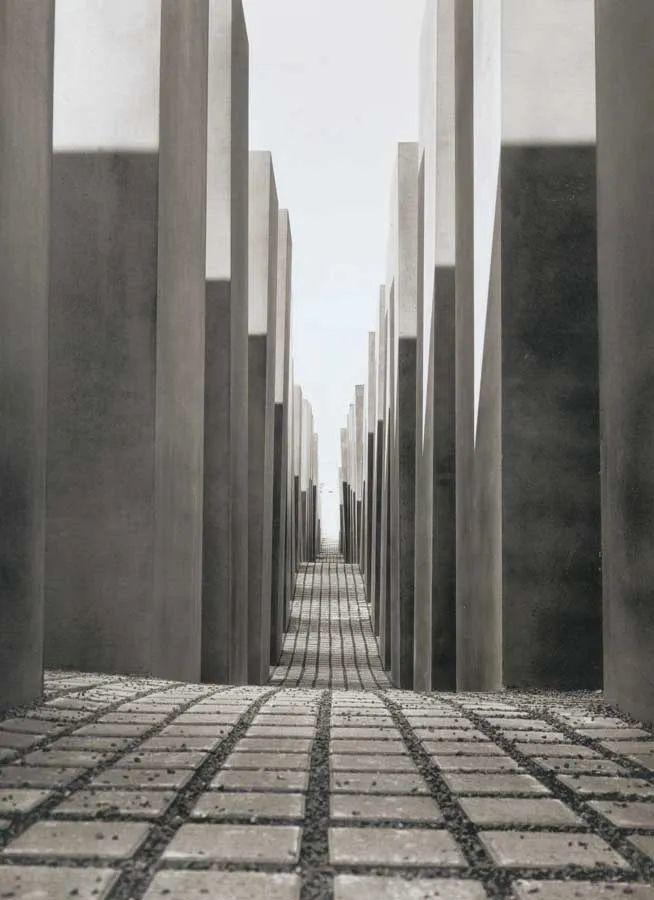
Marc-Christoph Wagner 当你提到那个女孩和她的母亲被分开,后来她的母亲被杀害、小女孩幸存下来这件事的时候,你说你希望能够把这种在时间和空间上的孤独感注入到这个纪念碑里。但今天,这个纪念碑每天都被成千上万的人参观,每个周末都是人山人海,这是否会削弱“营造迷失和孤独感”那个最初的想法呢?
You spoke about the girl and the mother that got separated. The mother was killed, the girl survived. And you said you wanted to transform this feeling of loneliness and space and time into the memorial. But today, the memorial is visited by thousands of people every day. So there are crowds almost mass on weekends. How does this go together with your original idea?
埃森曼 首先,我没法控制这件事。有时我会观察在纪念碑旁边的人们,他们的行为往往并不像在一个普通的公共空间中。母亲一般不愿让孩子走进这个矩阵里,你会听到她们叮嘱“别进去太远”或者“就在边上走走就好了”。有时你甚至会听到家长以为孩子走丢之后的尖叫声——虽然实际上不太可能走丢——但如果孩子在一个拐角而你在另一个,或者两个人同时在移动,可能会有走散的感觉。而且也并不会在某处有一个标语写着:“您将在这里找到您的孩子。”
Well, first of all, I can’t control that… Emmm… Look, I watch people… I mean they don’t behave quite as simply as just crowds. Mothers are afraid to let the kids sometimes to walk into it. “Don’t go too far.” you hear them say “stay on the edge” by the way. Others you can hear screaming when… if the kid goes around the corner and you go around another corner, you might not find the kid even though it’s impossible to get lost. Trying to move… with both people are moving, finding each other is difficult, okay. There’s nothing that says if I move there, I’ll find the kid over here.
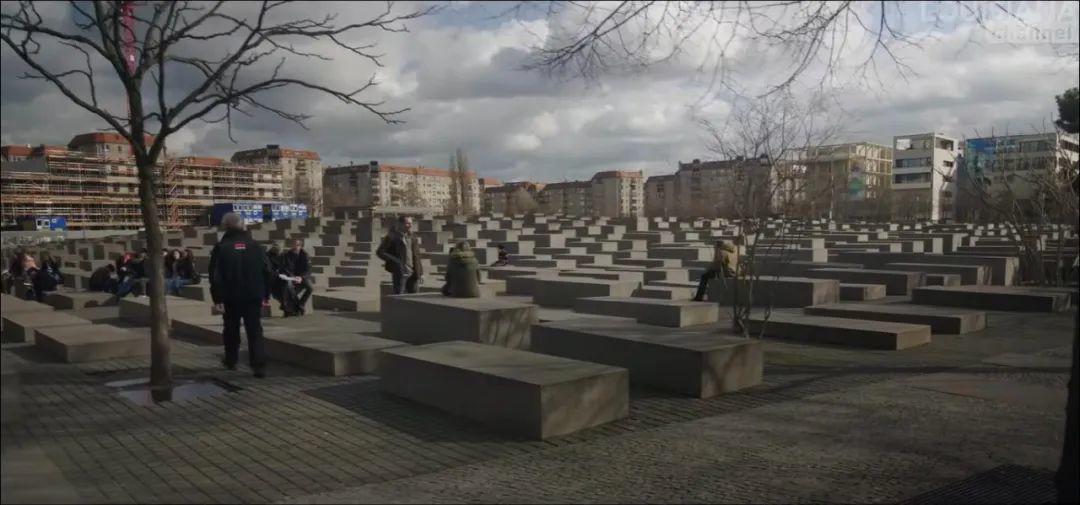

但同时,也有很多人坐在混凝土块上吃午餐,晒日光浴。到了晚上,还有情侣在上面调情。这里会发生很多事情,毕竟是个公共空间,我把它交给城市了。在这个地方,人们可以讨论大屠杀,但这并非这件作品对人们的直接影响,只是人们对作品的映射和解读罢了。这里没有任何犹太文化的符号,也没有德意志文化的符号,什么都没有。有的只是混凝土块。
So there are lots of people get lost. There are a lot of people that eat lunch on the pillars. They sunbathe on the pillars. There are sexual liaisons that occur in the field at night… I mean all kinds of things… Woohoo, it’s public place. It’s not… it… I gave it to the city, let’s say. I have nothing to do with it. It’s not my problem. The people that go to the memorial can talk about the Holocaust but that’s not the effect that it really has on people. See, they only project that. There’s nothing to do with this… there’s no Jewish symbolism, no German symbolism, nothing. Some concrete slabs.
这里不是一个墓地,甚至不是以罪恶为主题。我并不觉得今日这代德国人是有罪的。相比之下,更罪恶的是我们作为美国公民把特朗普投成了美国总统。我的意思是我也需要负责。我们参与了一场投票,选出了这个人。
It’s not a cemetery. It’s not about guilt. There’s nothing I had in mind that had anything to do… I don’t feel that the German the volk today are guilty. No more guilty than we are voting Trump in. I mean I take responsibility. I participated in a vote to elect this man.
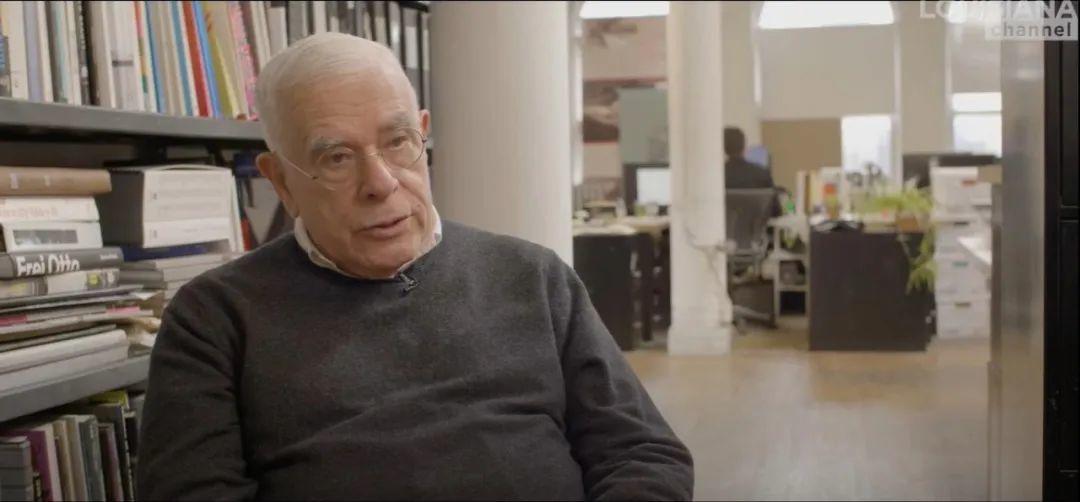
Marc-Christoph Wagner 你觉得建筑和记忆之间有什么关系吗?不单单指纪念碑,就是一般而言的建筑……会包含我们的记忆吗?
Is there relationship between architecture and memory? Not only with the memorial but generally speaking…does architecture incorporate our memories?
埃森曼 建筑会承载集体记忆,但个人记忆就不一定。而且我觉得建筑也有必要去记录集体的历史。我们需要把我们的时代通过建筑“锚固”下来,无论其承载的是一个时代的主流精神,还是这主流的某种对立面。就像在黑格尔辩证法的概念里,我们面对着正反双方的观点,在融合和作用之后这将带来一个新的决议——它不是对立面中的一个,它是糅合、经过辩证思考后的局部。
Well, architecture collects a collective memory not individual memory necessarily. And architecture, I believe, is necessary to mark collective memory, okay… and that’s what it’s about. I mean, in other words, we need to mark our moment in time with our architecture, let’s say. Whether it’s zeitgeist or not and that’s another question… Because it could be anti zeitgeist. I mean I work with a Hegelian proposition of… you have a thesis and you have an antithesis. And then you have some kind of resolution but it’s never the whole thesis nor the anti thesis. It’s partial.
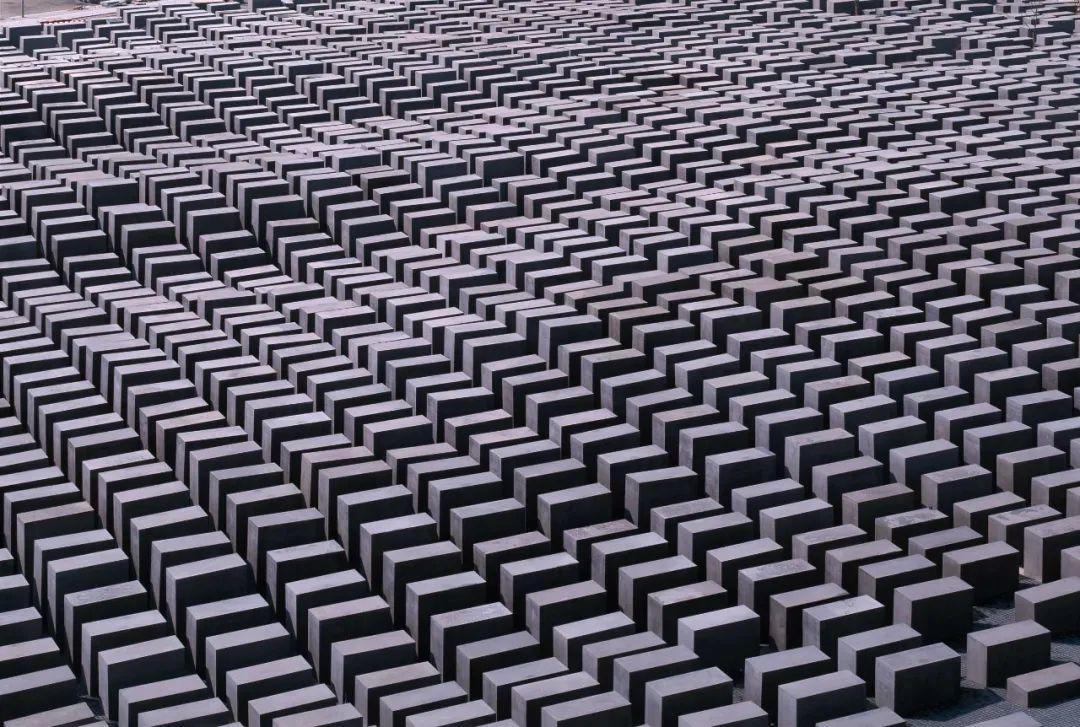
参考文献
[1] 译自埃森曼官网:
https://eisenmanarchitects.com/Berlin-Memorial-to-the-Murdered-Jews-of-Europe-2005
[2] 专访视频页面:
https://www.youtube.com/watch?v=Uggl6a1FLng&t=428s
专访听译 / 黄恺(实习生)
视觉 / 李茜雅 校对 / 原源
本文由有方编译,图像及原文版权均归来源机构所有。欢迎转发,禁止以有方编辑版本转载。
上一篇:设计酒店32 | Desa Potato Head:0%浪费,100%酷
下一篇:非常建筑新作:嘉定微型街区,一个城市尺度试验